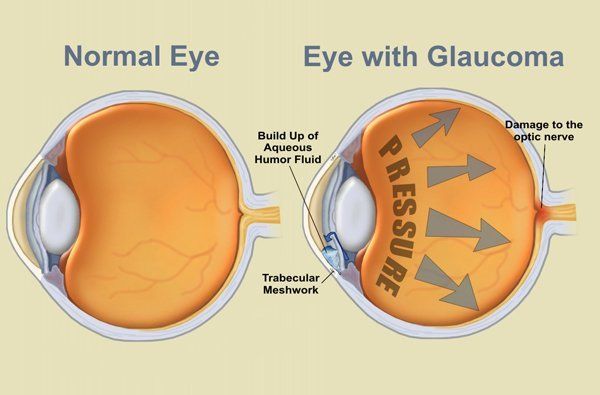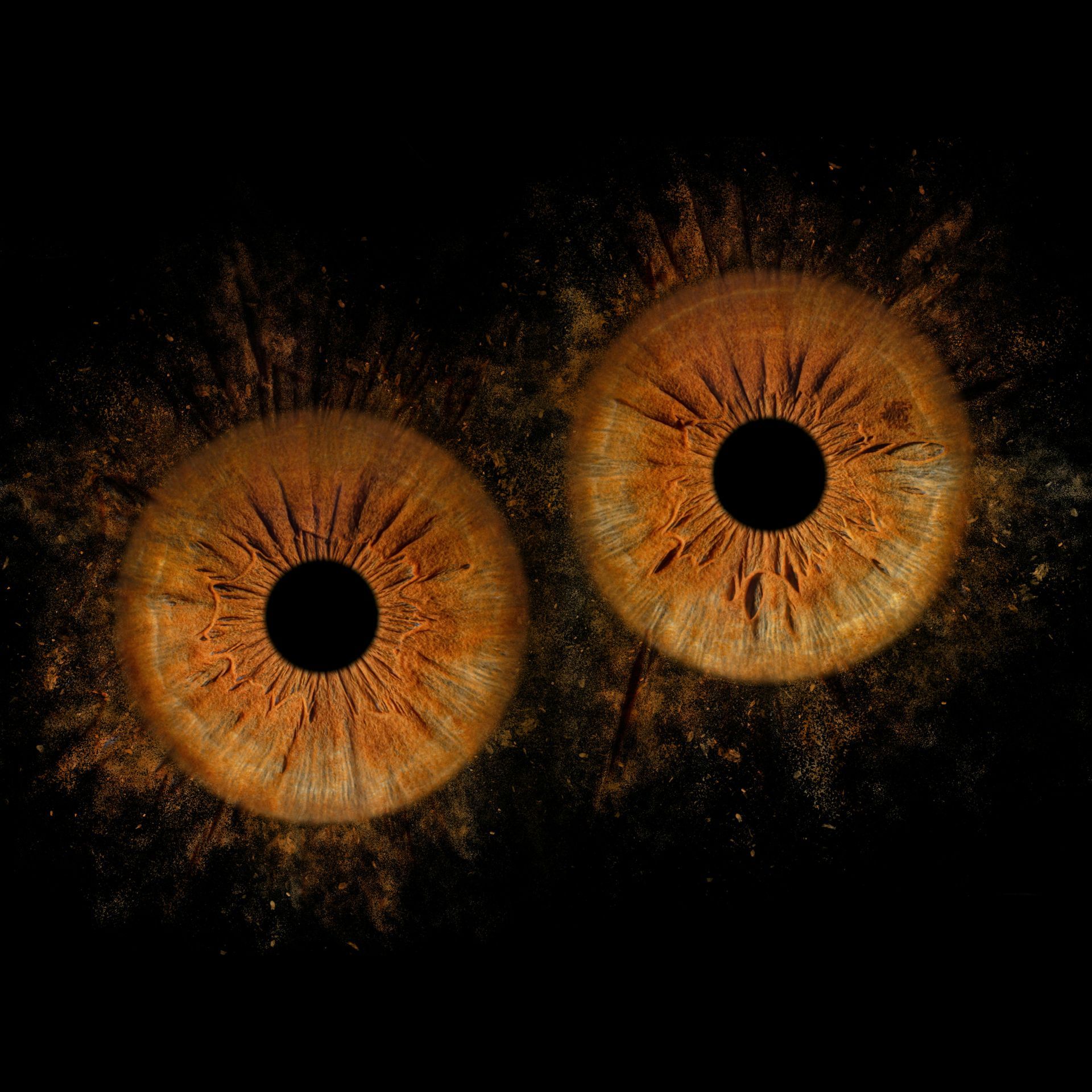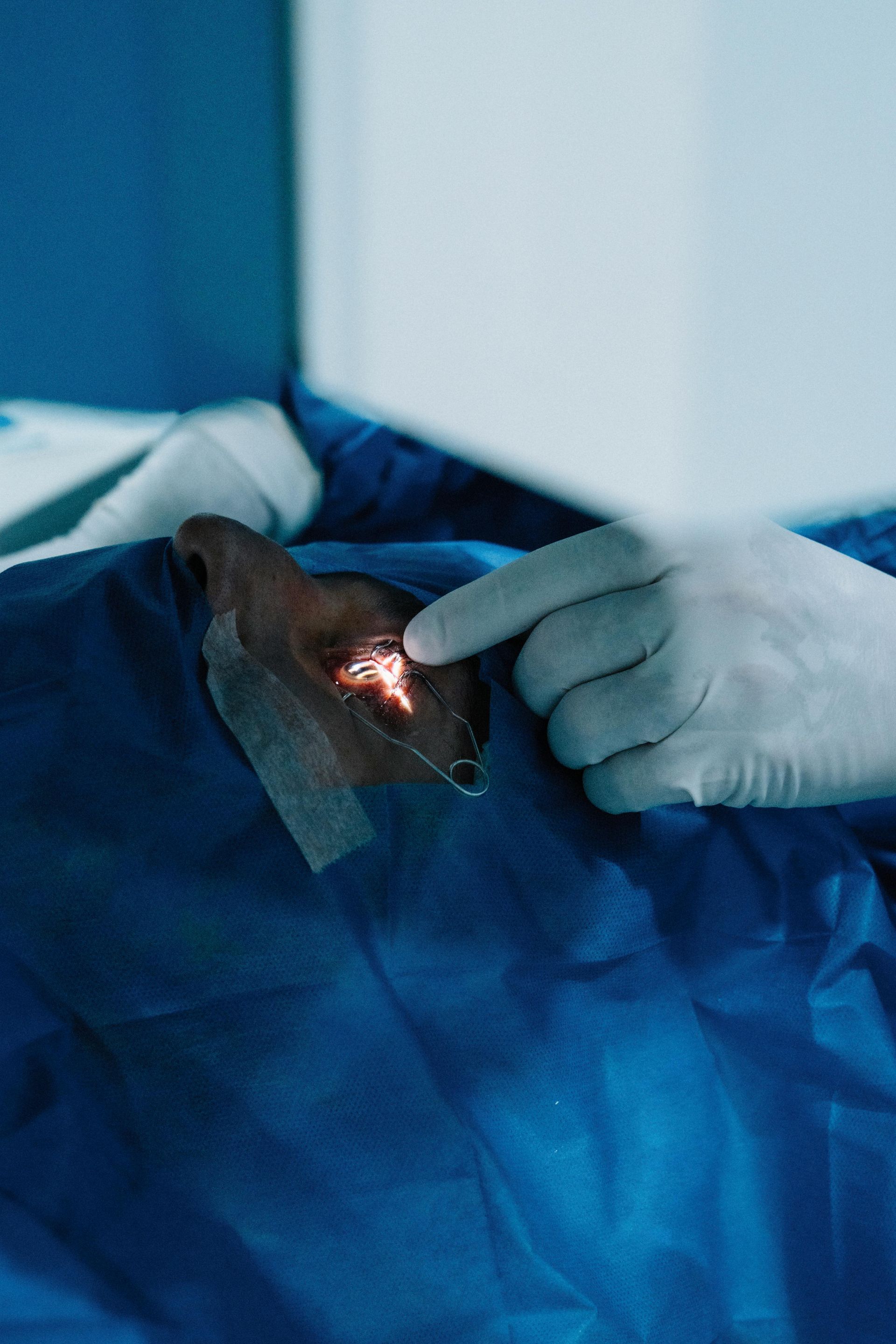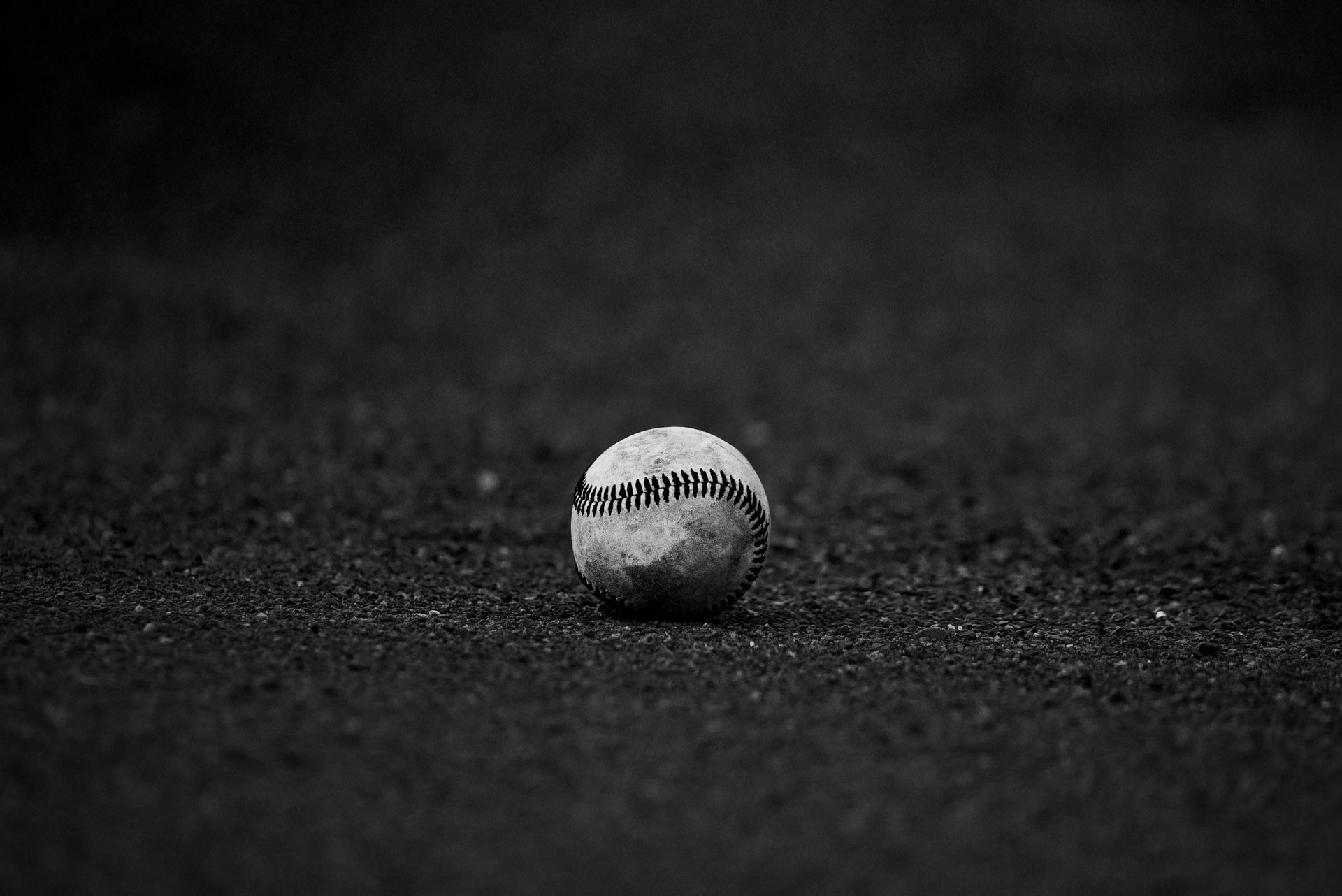Light and Birds, Prisms and Refraction.
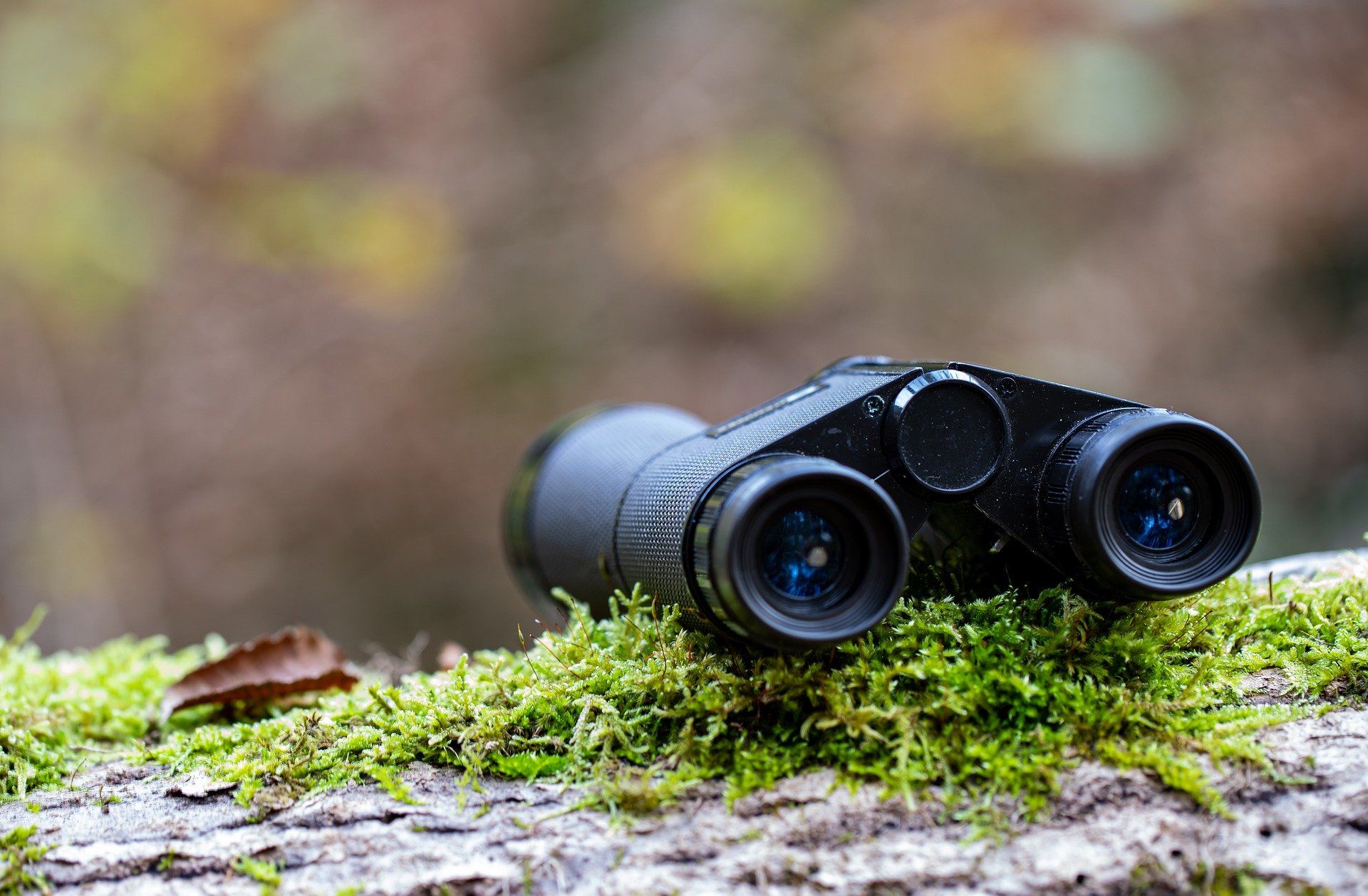
Blog vol 2. 45. Light and Birds, Prisms and Refraction.
Spring is a great time for seeing unusual birds, as they are on the move, and binoculars are a great tool for up-close observation of these migrating marvels.
Magnification, I have a keen interest in Low Vision, which is when a patient has reduced vision from an eye disease and requires some form of magnification such as a telescope. (Bioptic telescopes have recently been approved for drivers in Ontario!) Telescopes and binoculars use the same elements of magnification.
A lot of times, bigger is better, but not always. When using binoculars, a fancy form of telescope, the numbers that describe it are 7 X 30 or 8 X 40, for instance. The 7 X is just what it states, the binocular has 7X strength, making everything 7 times larger through the system. So if you are looking at a bird that is 70 metres away from you, it makes it look like it now 10 metres away, a lot closer and bigger.
The 30 is the size in millimetres of the objective lens, the front lens of the system. This number, when it is larger provides more light for the system and increases the field of vision for wider viewing. So why not have a 100 X power and a 200 mm objective lens? then theoretically you could see so much more. We do not need to see Alpha Centauri, but a Downy Woodpecker…
With a 7 X binocular, everything is not only 7 X closer, but also moves 7 X faster in the lens. This can be very disorienting, as any movement of your hand when holding the binocular is magnified by 7 X. This is a limiting factor. Telephoto lenses can be mounted on a monopod to overcome these limits, but they are not very portable.
Then along comes my patient, world renowned ornithologist, Bob Curry, with his new 12 X binoculars.
Over the years, I have come to appreciate the world of birds, because of people like Bob, and when he got his new binoculars, he brought them in so I could have a look. This is very exciting stuff for us optical people. The numbers, 12 X 42, 12 times power and a large 42 mm objective. That kind of power is a problem even with a very steady hand.
Bob’s binoculars are made by Kite Optics out of Belgium, and Kite has perfected technology that compensates for movement when looking through the system (there is even a 16X 42 model available now). They use self- adjusting prisms built into the system to counteract movement. We took the binoculars outside and had a look through them at the back of the office, and wow! very clear optics, 12 X power, AND a steady image.
This technology comes with a hefty price tag, of course. The binoculars also require rechargeable batteries. For most of us, the 7X and 8 X versions will work just fine. You can get hours of enjoyment with a pair of these at hand. But the new technology is pretty cool and works really well…
Enjoying the approach of spring,
the good doctor, Dr. Mark Germain, Burlington optometrist



